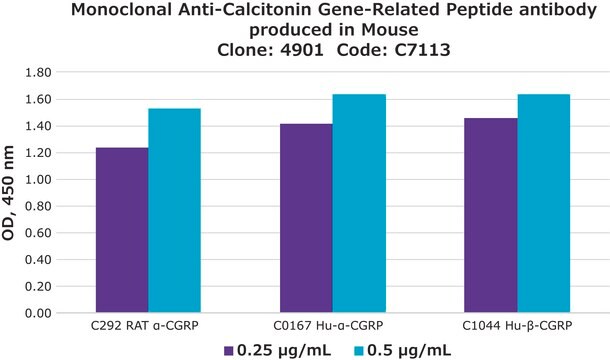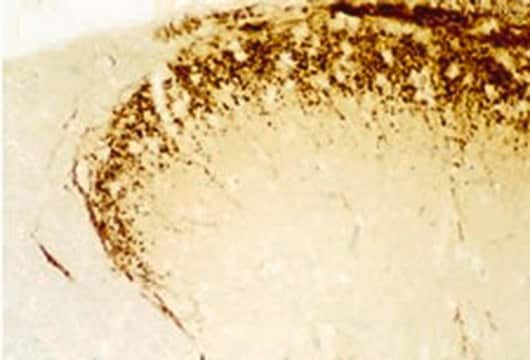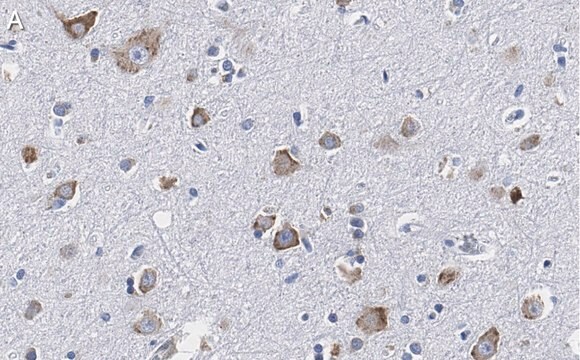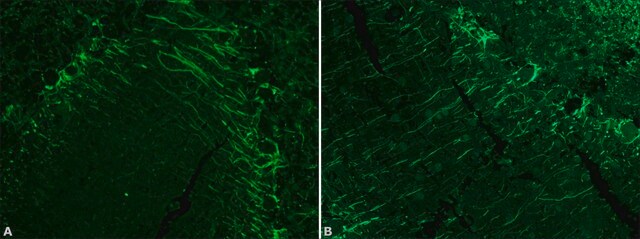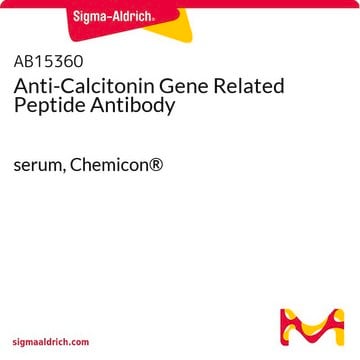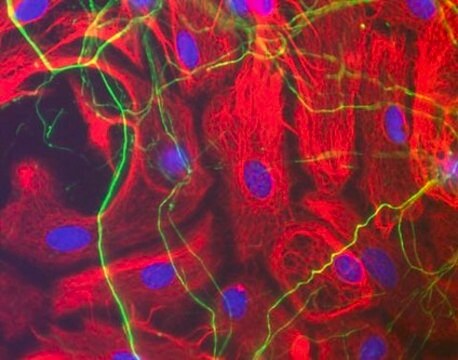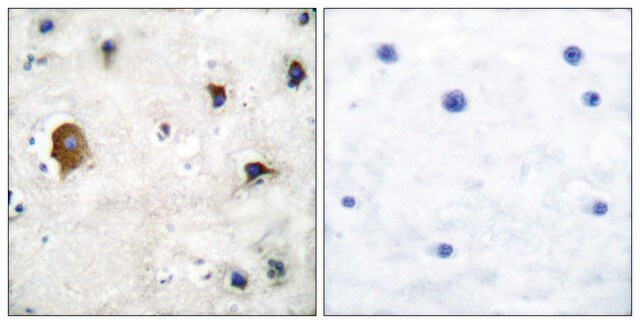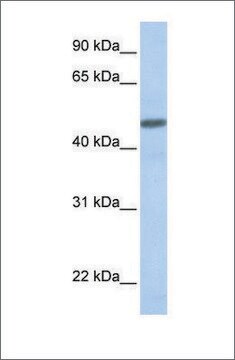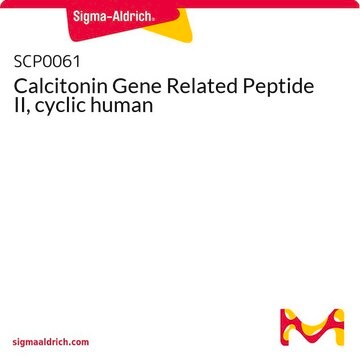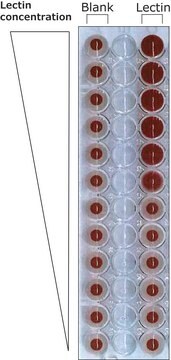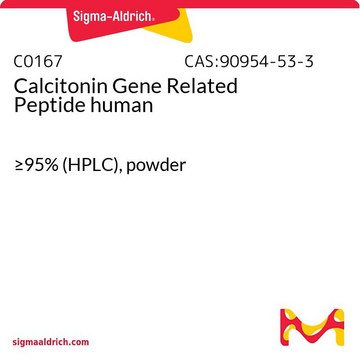C8198
Anti-Calcitonin Gene Related Peptide antibody produced in rabbit
whole antiserum
Sinónimos:
CGRP Antibody - Anti-Calcitonin Gene Related Peptide antibody produced in rabbit, Cgrp Antibody, Anti-CGRP
About This Item
Productos recomendados
origen biológico
rabbit
Nivel de calidad
conjugado
unconjugated
forma del anticuerpo
whole antiserum
tipo de anticuerpo
primary antibodies
clon
polyclonal
contiene
15 mM sodium azide
reactividad de especies
rat
envase
antibody small pack of 25 μL
Nº de acceso UniProt
Condiciones de envío
dry ice
temp. de almacenamiento
−20°C
modificación del objetivo postraduccional
unmodified
Información sobre el gen
rat ... Calca(24241)
Descripción general
Especificidad
Inmunógeno
Aplicación
- dot blot immunoassay
- fluorescent labeling
- confocal microscopy
- immunohistofluorescence
- epifluorescence imaging
Acciones bioquímicas o fisiológicas
Cantidad
Forma física
Almacenamiento y estabilidad
Cláusula de descargo de responsabilidad
¿No encuentra el producto adecuado?
Pruebe nuestro Herramienta de selección de productos.
Opcional
Código de clase de almacenamiento
10 - Combustible liquids
Clase de riesgo para el agua (WGK)
WGK 3
Punto de inflamabilidad (°F)
Not applicable
Punto de inflamabilidad (°C)
Not applicable
Elija entre una de las versiones más recientes:
¿Ya tiene este producto?
Encuentre la documentación para los productos que ha comprado recientemente en la Biblioteca de documentos.
Los clientes también vieron
Nuestro equipo de científicos tiene experiencia en todas las áreas de investigación: Ciencias de la vida, Ciencia de los materiales, Síntesis química, Cromatografía, Analítica y muchas otras.
Póngase en contacto con el Servicio técnico